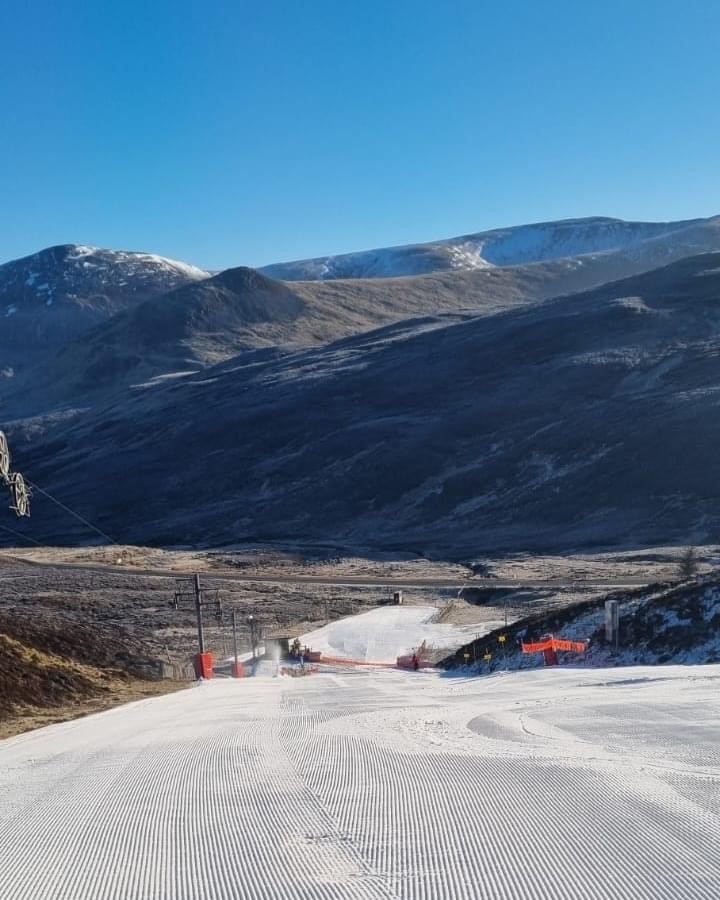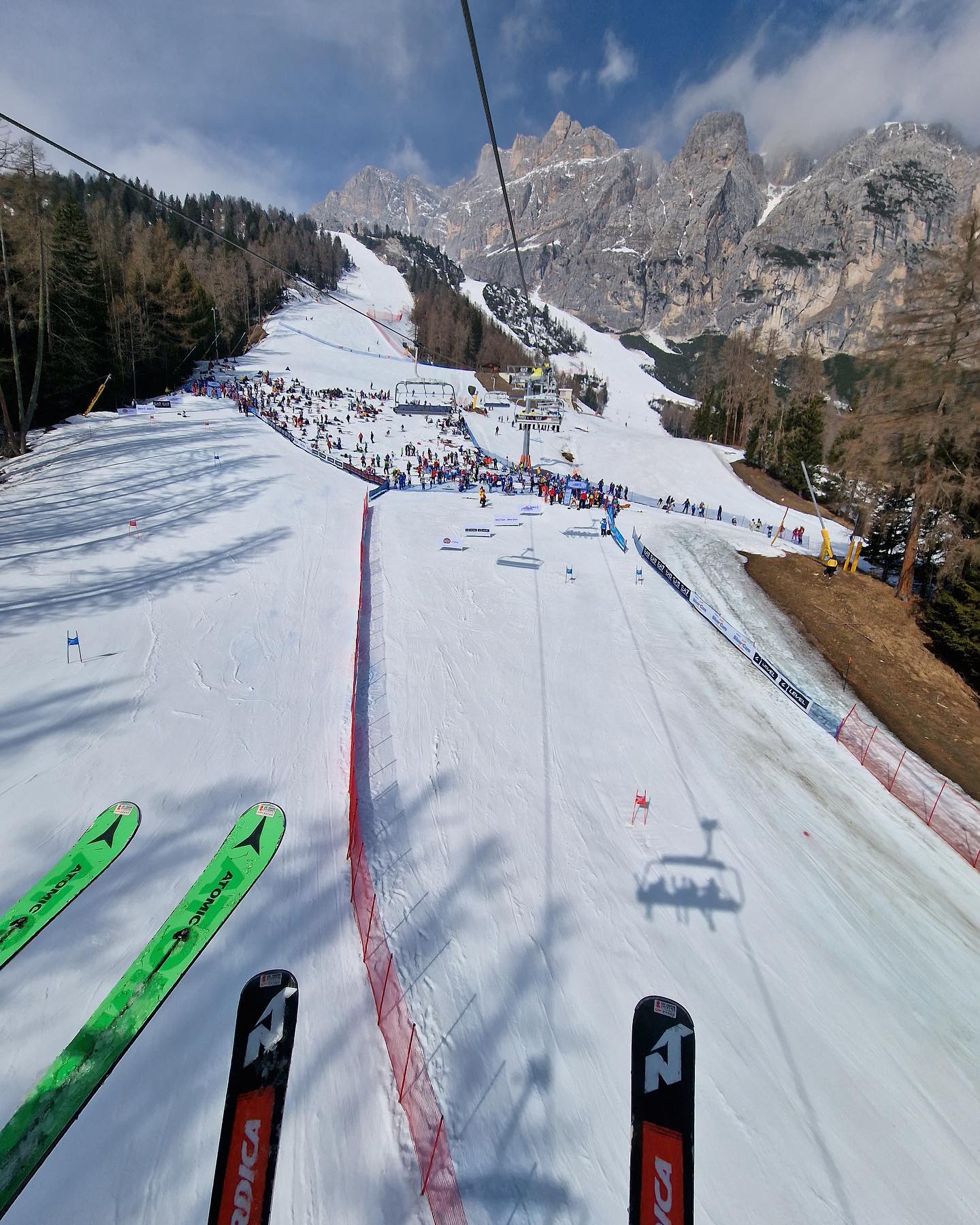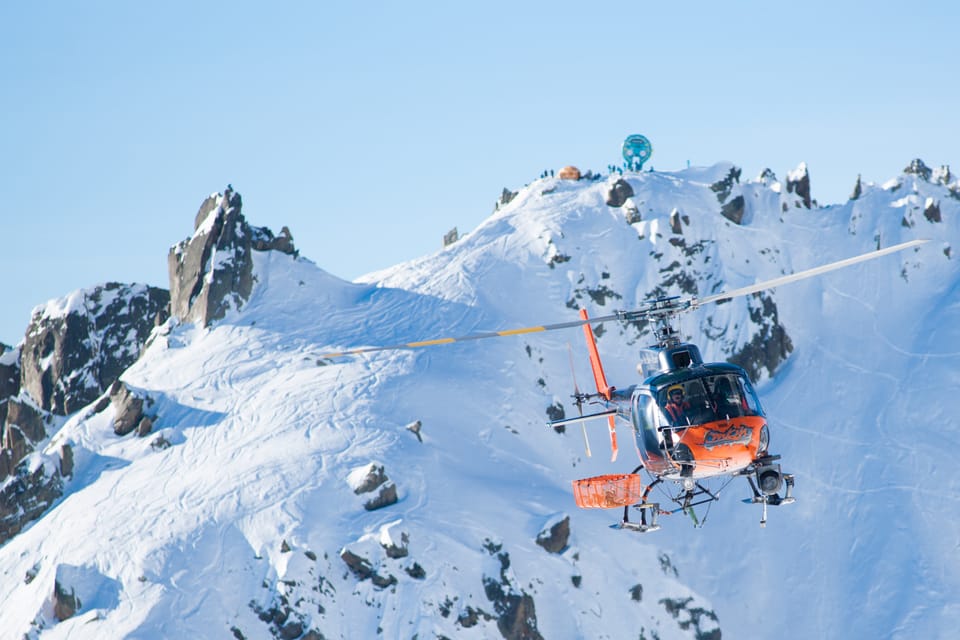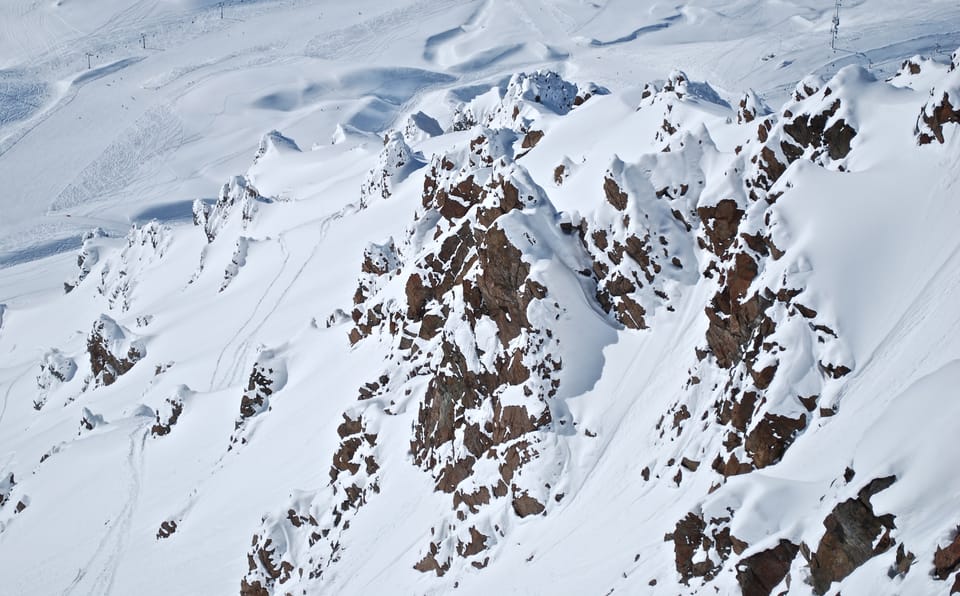Europe's 2023 Ski Season: A Tale of Two Regions

A Poor Start in the Alps
This year’s ski season in the Alps faced an unexpectedly poor start, with ski resorts and mountain communities struggling to adapt. A significant lack of snowfall led to delayed openings, and shorter ski seasons across the region, disappointing many skiers and snowboarders. The situation has been particularly challenging for ski resort operators and local businesses, as the shortened season has translated into reduced revenue and economic hardship for these alpine communities. That said, many bounced back as conditions improved and once the snow arrived, business was up overall.
Rising temperatures and increasingly unpredictable weather patterns have led to less reliable snowfall and a greater risk of rain during the winter months. Resorts in the Alps with a base elevation below 1,500m are the most vulnerable in terms of survival. The ski industry, long aware of these challenges, is now grappling with the reality that the effects of climate change are no longer a distant concern but an immediate threat to their businesses.
In response, resorts and communities are exploring strategies to adapt to the changing climate, such as investing in snowmaking technology, diversifying tourism offerings, and promoting sustainable practices to mitigate further environmental impact. However, the success of these initiatives remains uncertain as the forces of climate change continue to reshape the iconic European ski landscape.
Here are some examples of affected resorts and the measures they are taking:
Les Arcs, France, has experienced an upward shift in its snow line over the years, forcing the resort to rely increasingly on snow-making to maintain conditions on lower slopes.
Kitzbühel, Austria, has seen a decline in natural snow cover due to rising temperatures, which has led to a shorter ski season and increased reliance on snowmaking equipment. In fact, a big UN report over a decade ago identified Kitzbühel as a likely early victim of climate change yet thanks to snow farming, they’ve managed to extend their season to 200 days from October to early May (albeit very limited outside the main season).
Sierra Nevada, located in southern Spain, is particularly vulnerable to climate change. The resort has experienced decreasing snowfall levels and a shrinking ski season, prompting it to invest in more snowmaking equipment and explore other tourism offerings to compensate for the lost ski days.
Soelden, Austria, has witnessed retreating glaciers and a reduction in snow cover in recent years. The resort has been implementing various adaptation measures, such as moving ski lifts to higher elevations and creating new ski runs at higher altitudes.
The Rise of Scandinavian Ski Destinations
As the Alps struggled with unfavourable ski conditions, Scandinavian ski destinations emerged as a popular alternative for winter sports enthusiasts in 2023. Boasting consistently cold temperatures and reliable snowfall, these lesser-known resorts provided skiers and snowboarders with an enjoyable and dependable experience on the slopes.
The allure of pristine, uncrowded ski areas and top-notch facilities has made Scandinavia an increasingly attractive option for winter vacationers.
Among the top Scandinavian ski destinations in 2023 were Åre in Sweden, Hemsedal in Norway, and Levi in Finland. Each resort offered its own unique charm and appeal, from Åre’s picturesque village and diverse ski terrain to Hemsedal’s exhilarating off-piste opportunities and Levi’s enchanting landscapes that evoke the magic of the Arctic.
These destinations provided quality skiing and a range of alternative winter activities, such as dog sledding, snowmobiling, and Northern Lights excursions, ensuring a memorable experience for visitors.
The influx of tourists to Scandinavian ski resorts has significantly impacted the region’s economy, breathing new life into local businesses and providing much-needed job opportunities. However, this increased interest in Scandinavian skiing has also raised concerns about sustainability and the potential environmental consequences of rapid tourism growth. In response, many resorts are actively implementing measures to minimise their environmental footprint and ensure that the region’s pristine natural beauty is preserved for future generations.
Åre has been using sugar mats, made of a combination of water and sugar, to preserve snow on the ski slopes for a longer period, particularly during warmer conditions in the spring. The sugar mats are placed on the slopes during the winter months, and when the snow begins to melt, the mats absorb the water and help preserve the snow underneath. These mats are increasingly being used by ski resorts worldwide to cope with climate change’s impacts on winter sports.
Scotland’s Poor Season
Sadly, Scotland’s season was a pale reflection of that in Scandinavia. Nevis Range was just opened a few days in January. The other centres have just had very limited terrain open – mostly nursery slopes using snow from all-weather snowmaking machines. Glencoe managed to open for a few weeks in January fully, but there was just not enough snow to counter periods of thaw. Nevis Range and Cairngorm are heavily involved in diversification to non-winter sports.
Historical climate records indicate that the freezing level at Cairngorm Mountain Ski Resort has steadily risen over the past few decades, with an average rise of around 150 meters since 1995. 1,2
Conclusion
It is crucial for all stakeholders, from resort operators to local communities and government agencies, to prioritize sustainable tourism initiatives and environmental conservation as they manage the shifting dynamics of the ski industry. By embracing these principles, the ski industry can continue to thrive while preserving the natural beauty and ecological integrity of these cherished mountain landscapes for future generations. As winter sports enthusiasts, we can play our part by supporting sustainable practices, being mindful of our impact on the environment, and broadening our horizons to discover new ski destinations that offer unforgettable experiences and responsible stewardship of our planet. The charity Protect our Winters is a good resource for raising awareness and finding ways to offset the necessity to travel to mountain destinations.
Trusted mountain weather and snow report websites can play a role in reducing the climate impact by offering snow sports enthusiasts the ability to make informed decisions about the best destinations. This can include picking mountains nearer to their location or avoiding places with unfavourable weather conditions.
1. The Scottish Environment Protection Agency (SEPA) reports “The average freezing level has increased by about 150m since 1995” in their Cairngorms climate update report (2018): https://www.sepa.org.uk/media/149962/climate-change-update-cairngorms-national-park-
2. The UK Climate Change Risk Assessment evidence report (2016) also highlights this trend, stating “Since 1961, the freezing level at the Cairngorm summit has risen by around 1.3 metres per year, such that it is now 150 metres (1958–2013 mean) higher than in the 1960s”: https://www.theccc.org.uk/wp-content/uploads/2016/07/UK-CCRA-2017-Evidence-Report-Annexes2-4.pdf






